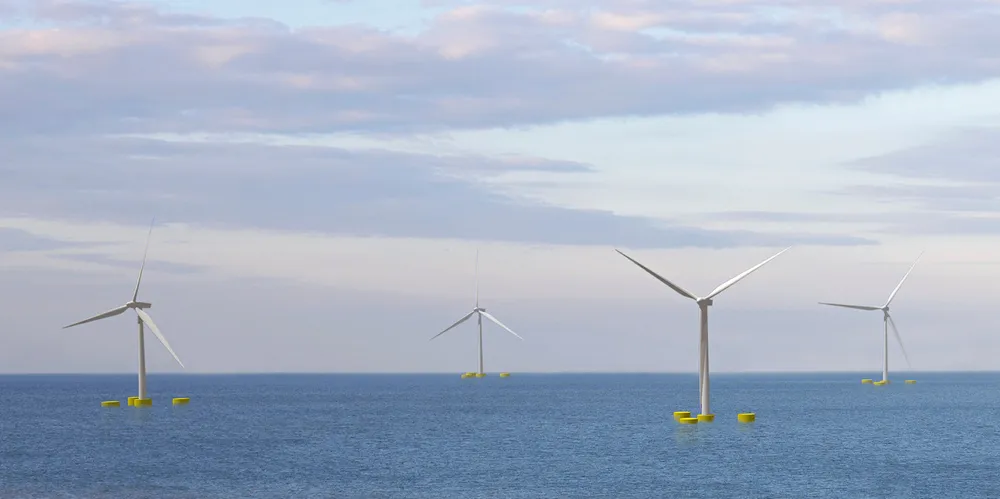CIP-led Highland Wind hands in key paperwork for re-tailored North Sea floating flagship
Construction of 100MW Pentland array, being built in two stages off Scottish Highlands, moves ahead with submission of key application to Marine Scotland

Being developed under the Highland Wind banner by a group led by Copenhagen Infrastructure Partners (CIP), PFOWF, located 7.5km off the coast of Dounreay in Scottish Highlands, would power 70,000 homes in the region once to full power, at present slated for 2026.
“[The submission to Marine Scotland] is a significant milestone… taking us closer to realising the far-reaching benefits [the project] will bring, both in terms of supporting security of energy supply for the domestic market and contributing to a sustainable energy mix within UK and Scotland,” said PFWOF project director Richard Copeland.
The array is to be built in two phases, with a flagship turbine deployed offshore as early as 2023 and construction of the full development complete two years later, based on a reworked plan that shrank the footprint of the project and cut the turbine-count, following stakeholder consultations with the local community.
“The core aim of the project is to test and demonstrate floating wind technology solutions that will reduce costs and accelerate industrialisation,” said Copeland.
Thought the “exact floating technological solutions for the project are yet to be determined”, he added, “a key consideration” is a design that could maximise supply chain growth by drafting in local technical expertise.
The retailoring of the project – which cuts the development area by 50% and swaps in seven 14-15MW turbines for the ten smaller units originally envisaged to keep the planned 100MW plant capacity – is designed to reduce the “spread and visual impact along the coastline and minimising any potential impacts to shipping, navigation, fishing activity and benthic ecology, marine mammals and ornithology in the area”.